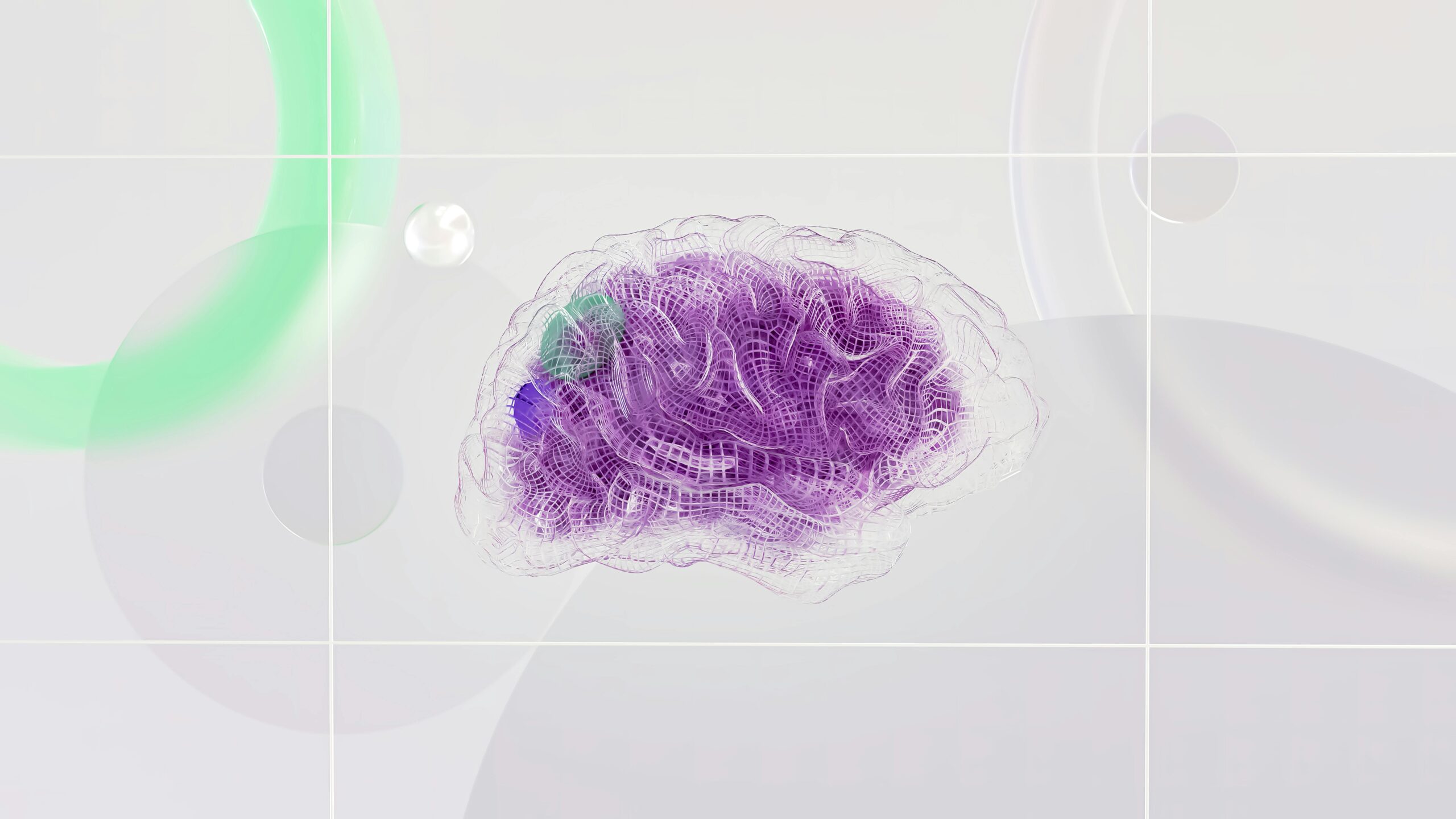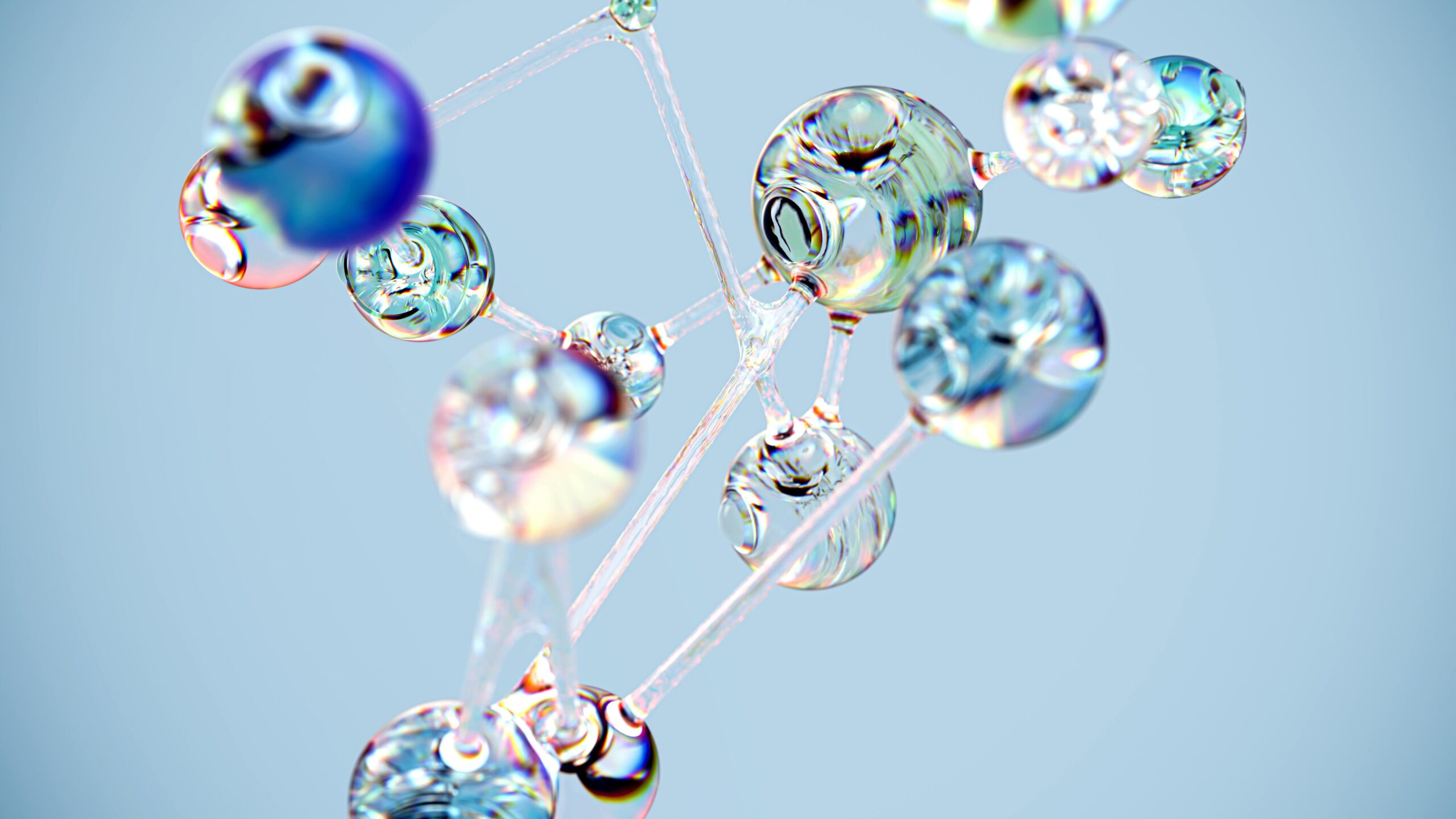Artificial organelles represent a groundbreaking frontier in medical science, promising to transform how we treat diseases and extend human life through synthetic cellular components.
🧬 Understanding the Building Blocks of Cellular Innovation
The human body operates through trillions of cells, each containing specialized structures called organelles that perform essential functions. Mitochondria generate energy, lysosomes break down waste, and ribosomes produce proteins. These microscopic powerhouses keep us alive, but when they malfunction, disease often follows. Scientists are now developing artificial organelles—synthetic versions of these cellular structures—that could revolutionize medicine as we know it.
This emerging field combines nanotechnology, synthetic biology, and bioengineering to create functional substitutes for damaged or deficient natural organelles. Unlike traditional treatments that merely manage symptoms, artificial organelles aim to restore cellular function at its most fundamental level. The implications stretch across oncology, neurology, metabolic disorders, and aging research.
The Science Behind Synthetic Cellular Structures
Creating artificial organelles requires understanding both the structure and function of their natural counterparts. Researchers employ various approaches, from lipid vesicles that mimic cell membranes to protein-based nanostructures that replicate enzymatic functions. These synthetic constructs must navigate the complex cellular environment, integrate with existing biological systems, and perform their designated tasks without triggering immune responses.
The development process typically involves several stages. First, scientists identify the specific organelle function they want to replicate. Next, they design molecular structures capable of performing those functions. Finally, they test these constructs in progressively complex environments—from test tubes to cell cultures to animal models—before considering human applications.
Key Technologies Driving Development
Multiple technological advances have made artificial organelle development possible. DNA origami techniques allow researchers to fold nucleic acids into precise three-dimensional shapes. Self-assembling peptides create scaffolds that mimic natural protein structures. Polymer chemistry provides materials that can encapsulate therapeutic agents and release them in response to specific cellular signals.
Microfluidics technology enables precise manipulation of tiny fluid volumes, essential for creating uniform artificial organelles at scale. Advanced imaging techniques, including cryo-electron microscopy, allow scientists to visualize these structures at near-atomic resolution, ensuring they match design specifications. Computational modeling predicts how synthetic organelles will behave in biological environments before physical prototypes are built.
⚡ Artificial Mitochondria: Powering Cellular Recovery
Mitochondrial dysfunction underlies numerous diseases, from inherited metabolic disorders to neurodegenerative conditions and aspects of aging itself. These organelles produce ATP, the energy currency cells use to function. When mitochondria fail, cells starve for energy, leading to tissue damage and organ failure.
Researchers have developed several approaches to artificial mitochondria. Some teams create polymer vesicles containing ATP-generating enzymes. Others use nanoparticles that protect and deliver functional mitochondrial components directly into damaged cells. A particularly promising approach involves gene therapy combined with synthetic scaffolds that help cells rebuild their own mitochondrial networks.
Early experiments in laboratory animals have shown remarkable results. Mice with induced mitochondrial damage showed improved muscle function and reduced tissue deterioration when treated with artificial mitochondria. These synthetic organelles successfully integrated into cells and maintained energy production for extended periods, suggesting potential for treating human mitochondrial diseases.
Clinical Applications on the Horizon
Several medical conditions could benefit from artificial mitochondria. Leigh syndrome, a devastating inherited disorder affecting the nervous system, results from mitochondrial defects. Parkinson’s disease involves mitochondrial dysfunction in brain cells. Even heart failure and stroke damage could potentially be addressed by restoring cellular energy production in affected tissues.
The aging process itself is partially driven by accumulated mitochondrial damage. While still speculative, some researchers envision artificial mitochondria as a longevity intervention, replacing worn-out natural organelles to maintain youthful cellular function. However, this application remains years away from clinical reality and raises important ethical questions about enhancement versus treatment.
🧪 Synthetic Lysosomes: Cellular Waste Management Systems
Lysosomes function as cellular recycling centers, breaking down proteins, lipids, and other molecules that cells no longer need. Genetic defects affecting lysosomal enzymes cause storage diseases where toxic materials accumulate, leading to progressive organ damage. Gaucher disease, Tay-Sachs disease, and dozens of similar conditions affect thousands of people worldwide.
Artificial lysosomes represent a potential cure rather than mere symptom management. Scientists have created polymer vesicles loaded with the missing enzymes, coated with targeting molecules that direct them to specific cell types. Once inside cells, these synthetic lysosomes perform the waste-processing functions that natural lysosomes cannot, clearing accumulated debris and restoring normal cellular function.
Recent clinical trials using enzyme-loaded nanoparticles—a form of proto-artificial lysosome—have shown promising results for lysosomal storage diseases. Patients experienced reduced organ enlargement, improved neurological function, and better quality of life. These treatments must be administered regularly since artificial lysosomes eventually break down, but they offer hope for conditions previously considered untreatable.
Artificial Chloroplasts: Bringing Photosynthesis to Medicine
In a surprising twist, researchers are exploring whether chloroplast-like structures could benefit human health. While humans cannot naturally perform photosynthesis, artificial chloroplasts could generate oxygen and nutrients in damaged tissues, particularly where blood flow is compromised. This approach could revolutionize wound healing and organ preservation.
Scientists have created synthetic chloroplasts using light-sensitive molecules encapsulated in biocompatible membranes. When exposed to light, these structures produce oxygen and simple sugars. In experimental wound models, artificial chloroplasts accelerated healing by maintaining oxygen levels in tissue that would otherwise become hypoxic. This technology could eventually help preserve organs for transplantation or treat ischemic conditions where blood supply is reduced.
💡 Novel Applications Beyond Natural Biology
Artificial organelles need not simply replicate natural ones. Scientists are designing entirely novel cellular structures with no natural equivalent. Drug-producing organelles could manufacture therapeutic compounds inside cells, providing sustained treatment for chronic conditions. Sensor organelles might detect early signs of cancer or infection, triggering immune responses or releasing medications automatically.
Synthetic organelles could also enhance natural cellular capabilities. Engineered peroxisomes might break down environmental toxins more efficiently than natural versions, protecting against pollution-related diseases. Artificial ribosomes could produce proteins with non-natural amino acids, creating new classes of therapeutic molecules impossible to generate through conventional means.
Engineering Challenges and Solutions
Despite tremendous progress, significant challenges remain in artificial organelle development. Biocompatibility tops the list—synthetic structures must avoid triggering inflammation or immune rejection. Researchers address this by using materials similar to natural biological molecules or coating artificial organelles with cell membrane fragments that disguise them as natural cellular components.
Targeting represents another major hurdle. Artificial organelles must reach the right cells and enter them without causing damage. Scientists employ various strategies, including antibody-based targeting molecules that recognize specific cell surface markers, and cell-penetrating peptides that facilitate membrane crossing. Some approaches use viruses stripped of disease-causing genes as delivery vehicles, leveraging nature’s own cellular entry mechanisms.
Manufacturing and Quality Control
Producing artificial organelles at clinical scale presents unique challenges. These complex structures require precise assembly, and batch-to-batch consistency is crucial for safety and efficacy. Researchers are developing automated manufacturing platforms that can produce millions of identical artificial organelles, incorporating real-time quality control measures to ensure each one meets specifications.
Storage and stability also require attention. Natural organelles function within the precisely controlled environment of living cells. Artificial versions must remain stable during manufacturing, storage, and delivery to patients. Lyophilization techniques freeze-dry artificial organelles for long-term storage, while specialized formulations protect them during transport through the bloodstream.
🔬 Regulatory Pathways and Clinical Translation
Bringing artificial organelles from laboratory to clinic requires navigating complex regulatory frameworks. These products blur traditional categories—they are not quite drugs, not quite medical devices, and not quite cell therapies. Regulatory agencies are developing new frameworks to evaluate their safety and efficacy appropriately.
Early clinical trials focus on diseases with limited treatment options and clear unmet medical needs. Lysosomal storage diseases, certain mitochondrial disorders, and specific cancers represent likely first applications. These conditions offer compelling risk-benefit ratios where potential benefits outweigh the uncertainties inherent in novel technologies.
Patient safety remains paramount. Initial trials use conservative doses, extensive monitoring, and careful patient selection. As safety data accumulates and manufacturing processes mature, artificial organelle therapies will likely expand to broader patient populations and additional medical conditions.
Ethical Considerations in Cellular Engineering
The power to modify cellular function at such fundamental levels raises important ethical questions. Should artificial organelles be used only to treat disease, or could they enhance normal human capabilities? Who determines the boundary between therapy and enhancement? How do we ensure equitable access to these potentially expensive treatments?
Germline applications—using artificial organelles in reproductive cells that would pass changes to future generations—present particularly thorny ethical issues. While such applications remain theoretical, the scientific community must establish clear guidelines before the technology advances to make them possible.
Environmental considerations also merit attention. What happens to artificial organelles when treated patients die or excrete them? Could these synthetic structures affect ecosystems if they escape into the environment? Researchers are building degradation mechanisms into artificial organelles to ensure they break down safely, but long-term environmental monitoring will be necessary.
🚀 The Road Ahead: Next-Generation Developments
Future artificial organelles will likely incorporate smart capabilities, responding dynamically to cellular conditions. Imagine synthetic mitochondria that ramp up energy production when cells need it most, or artificial lysosomes that activate only in the presence of specific disease markers. Researchers are embedding biosensors and conditional logic circuits into artificial organelles to create this responsive behavior.
Combination approaches may prove most effective, using multiple types of artificial organelles together to address complex diseases. Cancer treatment might employ artificial mitochondria to energize immune cells, synthetic lysosomes to clear tumor debris, and drug-producing organelles to deliver chemotherapy directly to malignant cells. This multi-pronged strategy could overcome limitations of single-target therapies.
Integration with Other Medical Technologies
Artificial organelles will not function in isolation but rather as part of comprehensive treatment regimens. Gene therapy could provide instructions for cells to maintain artificial organelles. Immunotherapy might be enhanced by artificial organelles that boost immune cell function. Tissue engineering could incorporate artificial organelles into lab-grown organs, creating more functional transplantable tissues.
Personalized medicine approaches will tailor artificial organelles to individual patients. Genetic analysis could identify which cellular functions need support, guiding selection of appropriate artificial organelle types and doses. Patient-derived cells might test treatment responses before clinical administration, minimizing trial and error in finding effective therapies.

Transforming Healthcare Through Cellular Innovation
Artificial organelle development represents more than incremental progress—it signals a fundamental shift in therapeutic strategy. Rather than treating symptoms or managing disease progression, these technologies aim to restore cellular health at its most basic level. This approach could transform chronic diseases into curable conditions and extend healthy human lifespan significantly.
The journey from concept to clinic is long and challenging, requiring collaboration among biologists, engineers, clinicians, and ethicists. Substantial investment in research infrastructure, manufacturing capabilities, and clinical trials will be necessary. However, the potential rewards—effective treatments for currently incurable diseases and enhanced human health—justify the effort.
As artificial organelle technology matures, it will likely become as routine as antibiotics or vaccines, integrated seamlessly into medical practice. Future generations may view organelle replacement as we view organ transplantation today—a powerful intervention that saves and improves countless lives. The revolution in medicine is not coming; it is already underway, happening one synthetic organelle at a time.
The development of artificial organelles stands at the intersection of multiple scientific disciplines, drawing on decades of research in cell biology, nanotechnology, and bioengineering. While significant challenges remain, the progress achieved thus far demonstrates the feasibility of this ambitious approach. As research continues and clinical applications expand, artificial organelles will increasingly become powerful tools in the medical arsenal, offering hope for patients with conditions once considered beyond treatment. The future of medicine is being written at the cellular level, and artificial organelles are penning new chapters in this remarkable story.
Toni Santos is a deep-biology researcher and conscious-evolution writer exploring how genes, microbes and synthetic life inform the future of awareness and adaptation. Through his investigations into bioinformatics, microbiome intelligence and engineered living systems, Toni examines how life itself becomes a field of awakening, design and possibility. Passionate about consciousness in biology and the evolution of living systems, Toni focuses on how life’s architecture invites insight, coherence and transformation. His work highlights the convergence of science, philosophy and emergent life — guiding readers toward a deeper encounter with their living world. Blending genetics, systems biology and evolutionary philosophy, Toni writes about the future of living systems — helping readers understand how life evolves through awareness, integration and design. His work is a tribute to: The intertwining of biology, consciousness and evolution The emergence of microbial intelligence within and around us The vision of life as designed, adaptive and self-aware Whether you are a scientist, thinker or evolving being, Toni Santos invites you to explore the biology of tomorrow — one gene, one microbe, one awakening at a time.




